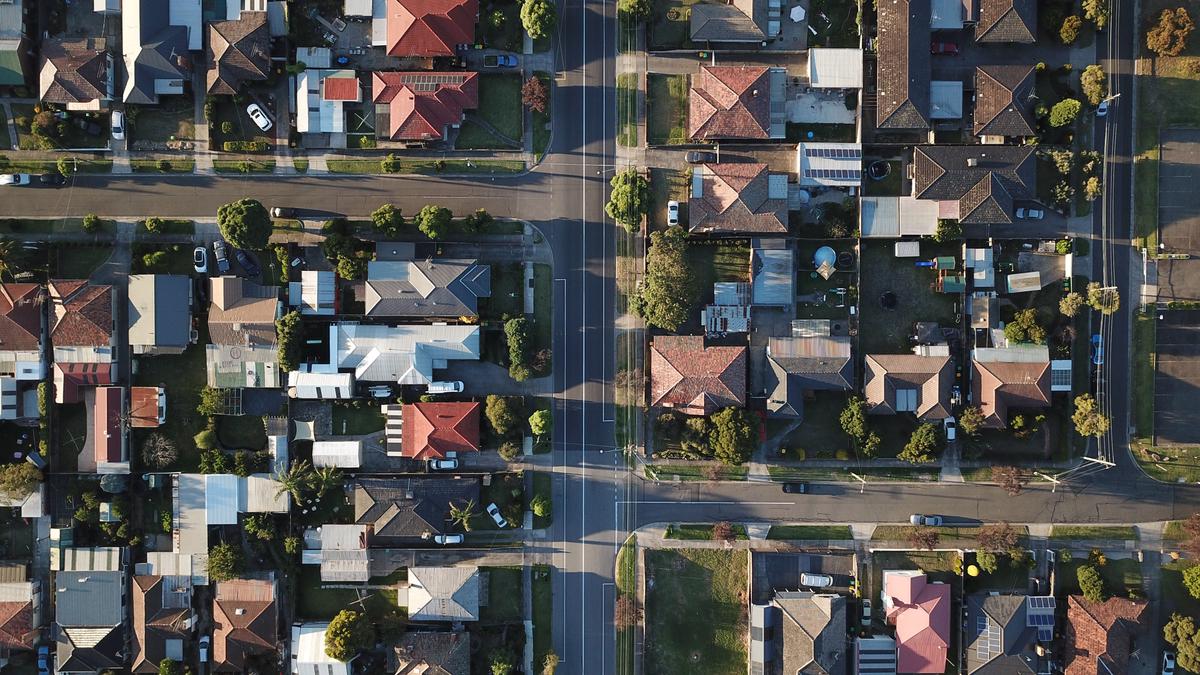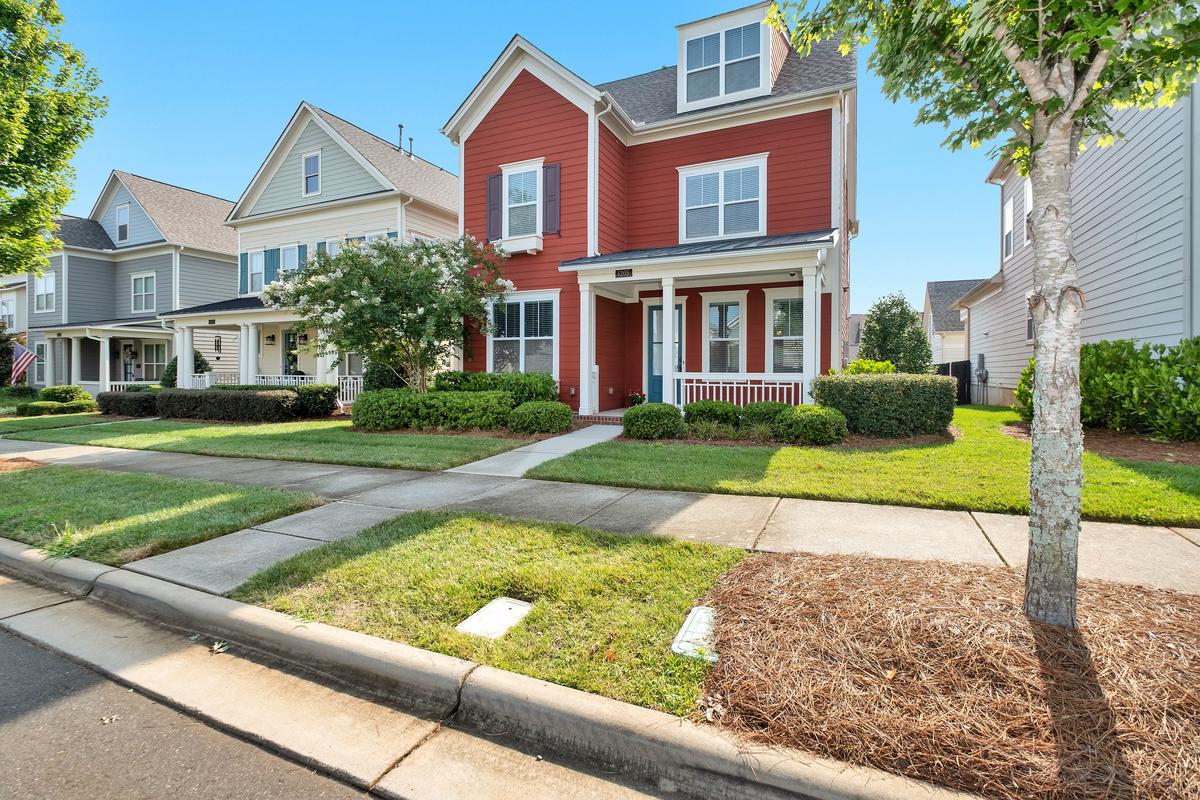Living in harmony with neighbors in a shared community often requires adhering to a set of standards and regulations, typically defined by Homeowners Associations (HOA). These regulations, designed to preserve the community’s aesthetic and overall peaceful environment, are not just for homeowners but also extend to tenants. In a world where more people are renting properties within such communities, understanding the importance of tenant compliance with HOA rules has become increasingly important. The discussion that follows delves into the essence of HOA rules, the responsibilities of property owners and tenants, and the enforcement mechanisms and conflict resolution methods tied to these regulations.
Understanding HOA Rules
Understanding the Concept of HOA
A Homeowners Association (HOA) is an organization that is created in a community to impose rules related to the properties within that community. These rules can stipulate anything from the allowed exterior color of houses to landscaping preferences, noise restrictions, pet restrictions, and more. HOA often applies to condominium complexes, gated communities, subdivisions, and similar residential areas where shared spaces and amenities are common.
The need for HOA rules stems from the desire to maintain a certain standard of living and orderliness within a community. They help in maintaining the aesthetic value of the community, enforcing property maintenance standards, protecting property values, and managing communal spaces. Essentially, an HOA plays a pivotal role in ensuring that a neighborhood remains pleasant, peaceful, and visually appealing for all its residents.
HOA Rules and Tenants
In cases where the property is leased, it’s critical for the tenant to understand and adhere to the HOA rules. A tenant, or renter, of a property governed by an HOA is required to comply with all HOA rules and regulations as if they were a homeowner. These rules outline what homeowners and tenants can and cannot do with their respective properties. All tenants should be provided with a copy of the HOA rules and regulations upon occupancy.
Making Tenants Compliant with HOA Rules
Landlords who rent out properties within an HOA have a responsibility to ensure that their tenants understand and adhere to all HOA rules. This can be accomplished by clearly explaining the rules and consequences of violations to new tenants. Including the HOA rules as an addendum or clause in the lease agreement is another crucial step. More importantly, landlords should stress that non-compliance of these rules could potentially result in fines or penalties, which may be passed on to the tenant. In some severe cases, non-compliance can even lead to eviction.
Importance of Ensuring Tenant Compliance
Ensuring tenant compliance with HOA rules is not simply a matter of avoiding fines or penalties. It’s about keeping the community in harmony, maintaining high property values, and preserving the quality of life for everyone living there. When tenants fail to comply with HOA rules, it could lead to disputes with neighbors or the HOA board, cause damage to shared spaces, and overall, disturb the uniformity and aesthetics of the neighborhood. Hence, it is important for both the landlords and tenants to make compliance a top priority.
Repercussions of Tenant Non-compliance to HOA Rules
Tenant non-compliance with HOA rules may lead to an array of negative repercussions. The level of the penalty relies on the scope of the violation and the specifics outlined in the HOA regulations. It can range from fines being levied on the homeowner to potentially passing the charges on to the tenant. In extreme situations, the HOA has the right to pursue legal measures against not only the homeowner but also the tenant. Continued offenses can result in a frictional living environment within the community due to strained relations. Consequently, it’s of utmost importance for tenants to understand and adhere to these rules to maintain a harmonious communal relationship.

Photo by brenoassis on Unsplash
Responsibilities of Property Owners
Grasping the Complexity of HOA Rules
The rules enforced by Homeowners Associations (HOA) are designed to govern and maintain the quality, aesthetics, and decorum of properties within a community. These rules cover a vast array of topics from enforcing visual standards to restrictions related to noise, pets, parking, and much more. As the property owner, you hold the key responsibility of ensuring that tenants living in your property understand and follow these rules diligently. Not doing so can trigger a plethora of repercussions including fines, legal issues, and in the most severe circumstances, eviction.
Landlord Responsibilities
As a landlord, your first course of action must involve gaining a thorough understanding of the HOA rules. This includes any updates or changes made over time. It is advisable to maintain an open line of communication with your HOA representatives to keep abreast of any changes. You should also familiarize yourself with the HOA’s enforcement procedures and fines for violations to be prepared for any possible incidents of non-compliance by your tenants.
Educating Tenants about HOA Rules
Prior to a tenant moving into your property, providing them with a copy of the current HOA rules is crucial. Not only should you provide the rules, but also ensure that the tenant understands the content. This might take the form of a meeting where you succinctly explain the rules and allow the tenant to raise questions. A thorough understanding of the rules ensures that the tenant knows what is expected of them while living on the property.
Incorporate HOA Rules into the Lease Agreement
In order to have a legal foothold for ensuring compliance, it’s best to incorporate the HOA rules into your lease agreement. This means that any violation of HOA rules automatically constitutes a breach of lease terms. Such a provision allows landlords to compel compliance to HOA rules, potentially through penalties applied directly to the tenant or even eviction. Consulting with an attorney could be beneficial to ensure that the HOA rules are correctly incorporated into the lease agreement.
Follow Through on Enforcement
The weight of HOA rules comes from the consistent and fair enforcement. As a property owner, ensure your tenants know you are serious about these rules. If a tenant violates a rule, ensure that the breach is addressed promptly according to the specified lease provisions or through applicable HOA processes. Salvaging lapses quickly helps to deter future non-compliance and also builds a reputation with future tenants that your property is managed responsibly and according to HOA guidelines.
Maintaining Communication
Open and consistent communication is key when dealing with HOA rules. Make it easy for your tenants to reach you if they have questions or encounter problems with the rules. Respond promptly to requests and show your tenants that you are invested in their understanding and abiding by the rules. Keeping open channels of communication builds a stronger rapport with tenants and reinforces their responsibility towards adhering to the HOA rules.
In order to ensure that tenants comply with HOA rules, landlords must first understand these rules themselves. They must then rotate this knowledge to the tenants. It is important to note that violations will happen. Accordingly, landlords need to be ready to enforce the rules consistently. They need to ensure every action taken is in accordance with both the lease agreement and HOA guidelines. In this process, communication plays an indispensable role.

Photo by tomrumble on Unsplash
Outlining Tenant Responsibilities
Grasping the HOA Rules and Regulations
Homeowner Association (HOA) rules and regulations are fundamental in maintaining uniformity, safety, and aesthetic appeal within a residential community. As such, it’s vital for a tenant to understand these rules. This ranges from getting familiar with the HOA’s architectural policies to knowing if any alterations to the physical property are permitted. Regulations on pets, parking and use of common spaces should also be clear. Tenants are encoruaged to have a copy of these rules handy and maintain ongoing communication with the property owner and the HOA board to address any questions.
Respecting Community Standards
Tenants must respect community standards as set out by the HOA rules. This means adhering to regulations about noise levels, maintenance of personal exterior space, using common spaces responsibly, and disposing of trash correctly. HOA communities thrive on mutual respect and cooperation, and tenants should appreciate being part of a shared commitment to uphold these values.
Preemptive Problem Solving
Avoiding any possible issues before they arise is one of the hallmarks of a good tenant. This could mean resolving any potential conflicts with neighbors in an amicable manner. If you foresee any issue that may conflict with HOA rules – bringing in a pet, hosting an event or party, or a temporary change in parking requirements – consult with the property owner or HOA board beforehand to gain approval or find a compromise.
Addressing Issues and Conflicts
In the event that an issue does arise, a tenant should deal with it promptly and responsibly. This could involve direct dialogue with the offended or affected party or contacting the property owner or HOA board to mediate the situation. Honesty is key in these circumstances, and a willingness to correct any wrong-doing goes a long way in maintaining peaceful relations within the community.
Tenant’s Rights in HOA Communities
While tenants must respect the HOA rules, they also have rights. Tenants should feel comfortable to express their concerns or grievances to the property owner or the HOA Board. Any unfair treatment based on race, religion, sex, familial status, disability or national origin are violation of the Fair Housing Act, and tenants should not hesitate in reporting any such discrimination.
Fostering Open Communication and Encouraging Community Engagement
A fundamental approach to ensuring adherence to HOA rules is fostering open and proactive communication. Consistent interactions with your landlord and the HOA board can help to maintain a positive relationship with all parties involved. Promptly communicating about anticipated changes or potential concerns fosters trust and mutual understanding. Engaging in community activities, attending HOA meetings, and volunteering your assistance whenever needed are proactive ways to promote a congenial neighborhood ambiance. Actively participating in community affairs helps to appreciate the relevance of the HOA rules and their collective benefits.

Photo by zacgudakov on Unsplash
Enforcement and Conflict Resolution Methods
Grasping the Importance of HOA Rules
Rules set by the Homeowners Association (HOA) are crucial for fostering a harmonious environment, preserving property values, and maintaining community orderliness. In a rental situation, ensuring compliance with these rules is a shared responsibility between tenants and landlords. As an adult trying to comprehend HOA rules, you need to realize that these guidelines are established for the collective benefit of the community. The policies may encompass various issues, including property upkeep, noise control, parking space management, and pet ownership ordinances.
Enforcement of HOA Rules
One of the key tricks to ensuring compliance with HOA rules is taking a systematic approach towards their enforcement. An HOA might start with issuing warnings for violations. These notifications serve to inform the tenant about a specific rule that has been broken and provide a time frame within which the situation should be remedied.
If the warning isn’t heeded, the HOA can escalate the enforcement by levying fines. These penalties act as a stronger deterrent and underscore the seriousness of the compliance breach. Fines often increase with repeat offenses, creating a strong incentive for tenants to abide by the HOA rules.
In notable instances, the HOA could take legal action to enforce compliance. This is usually the last resort when all other measures have been exhausted. Legal actions could involve filing lawsuits to compel tenants to obey regulations. However, due to the expensive and time-consuming nature of court processes, this level of escalation is typically avoided if possible.
Understanding Due Process
Due process refers to a fair treatment through the normal judicial system, especially a citizen’s entitlement. On the part of the tenant, understanding due process involves knowing one’s rights and responsibilities within the HOA framework. This may involve things like having a clear timeline and procedure for responding to complaints, challenges, or appeals.
On the part of the HOA, respecting due process means treating every tenant fairly and consistently, providing transparency into its actions, and using a progressive discipline approach, meaning that minor violations are met with lighter penalties and escalated as necessary.
Conflict Resolution Strategies
Conflicts are inevitable in any community. To handle these efficiently without causing harm to the community’s harmony, HOAs may adopt different conflict resolution strategies. This might range from adopting a collaborative approach that actively seeks input from both parties to resorting to a formal dispute resolution process like mediation or arbitration.
Mediation involves a neutral third party who helps the disputing parties communicate and work towards a mutually beneficial solution. This is typically a non-binding process, meaning participants can choose whether or not to agree with the proposed solution.
Arbitration, on the other hand, also involves a neutral third party, but in this case, the arbitrator makes a decision that the disputants usually have to adhere to. This process can be faster and less expensive than using the court system, and the decisions made are typically final and binding.
These strategies and their careful implementation promise smoother operation of the HOA and greater compliance by all residents, including tenants.

Photo by thomas2006 on Unsplash
Maintaining a thriving and harmonious community involves the collective responsibility of both property owners and tenants. Knowing one’s responsibilities, whether as a landlord or a tenant, and ensuring clear communication channels, can pave the way for healthy relationships within the community. Most importantly, understanding the enforcement mechanisms in place as well as potential conflict resolution methods in case of disputes enables the smooth and efficient adherence to HOA rules. On a final note, let it be remembered that HOA rules are not just regulations imposed; they are an essential framework for preserving and enhancing the quality of life within our treasured home spaces.
